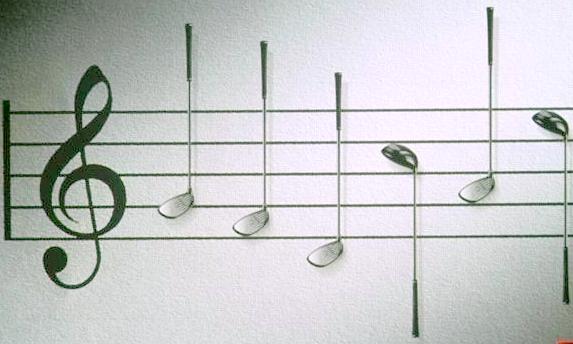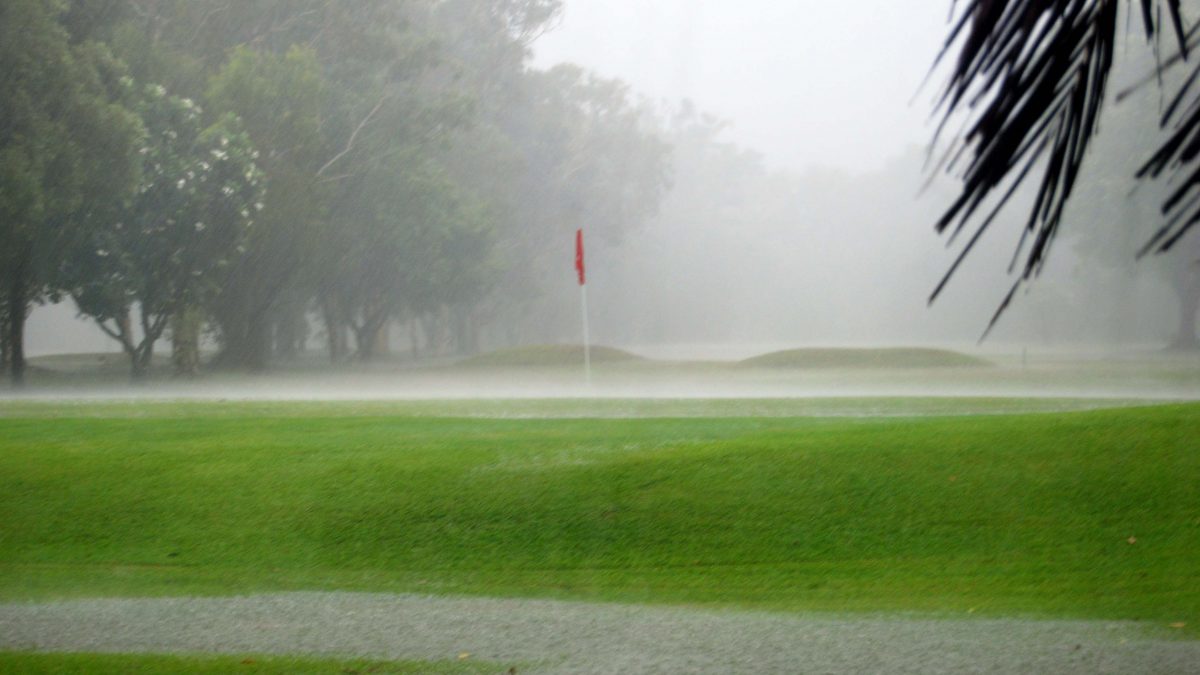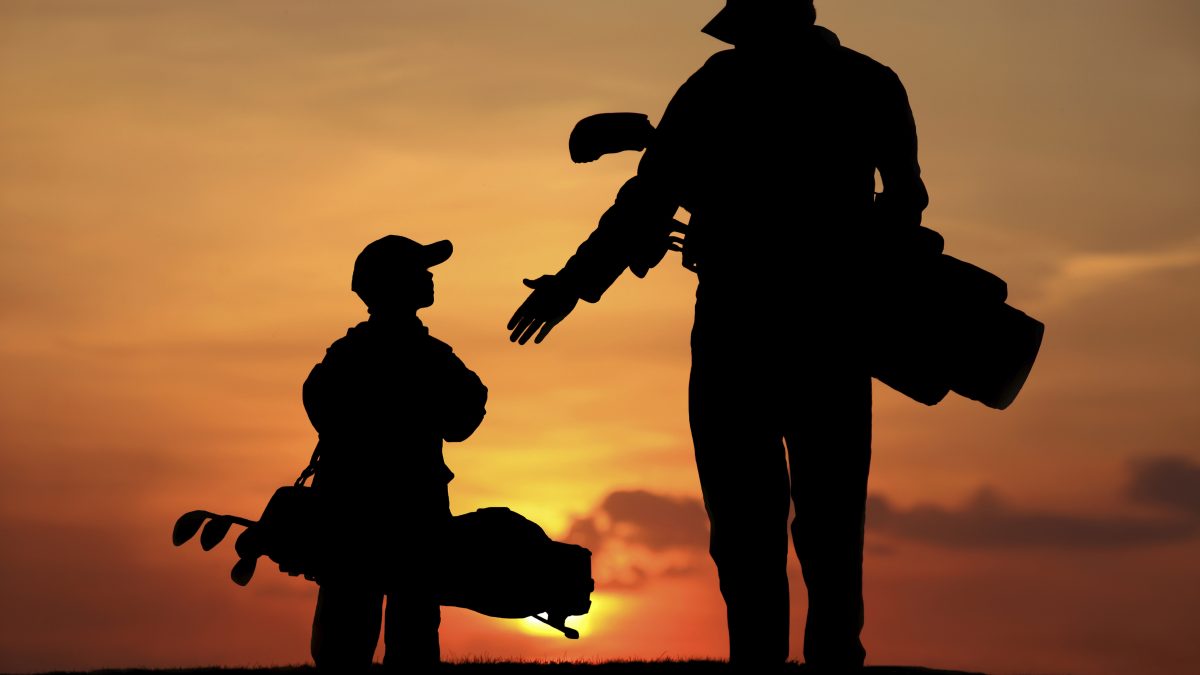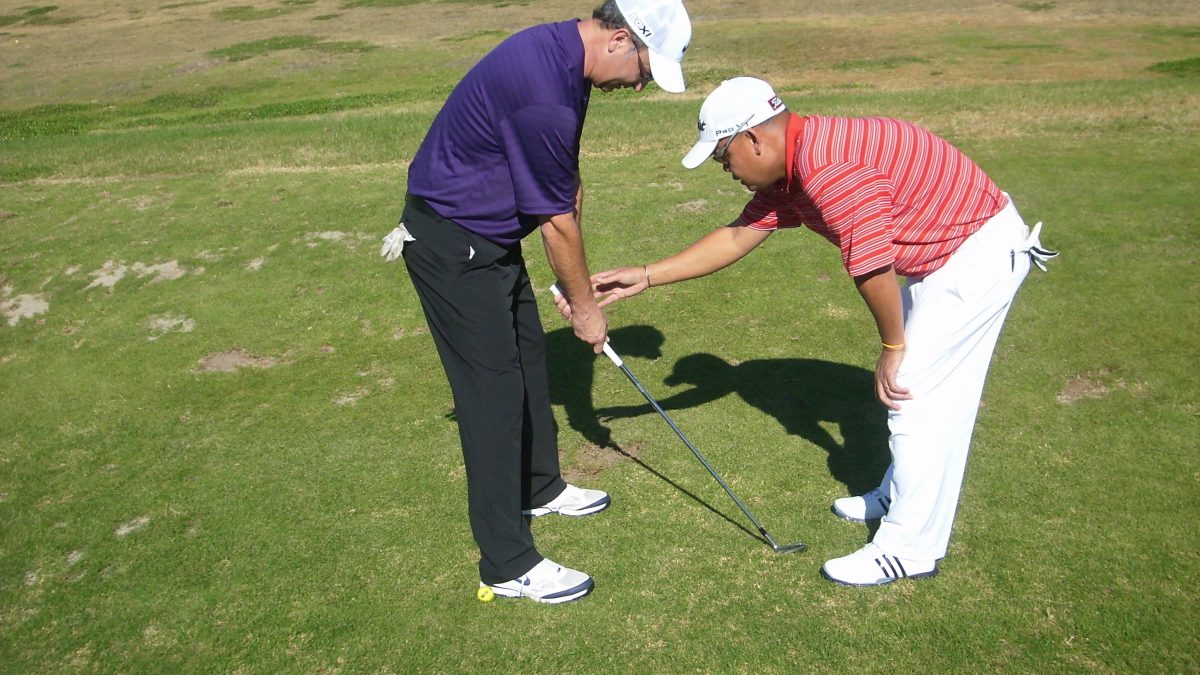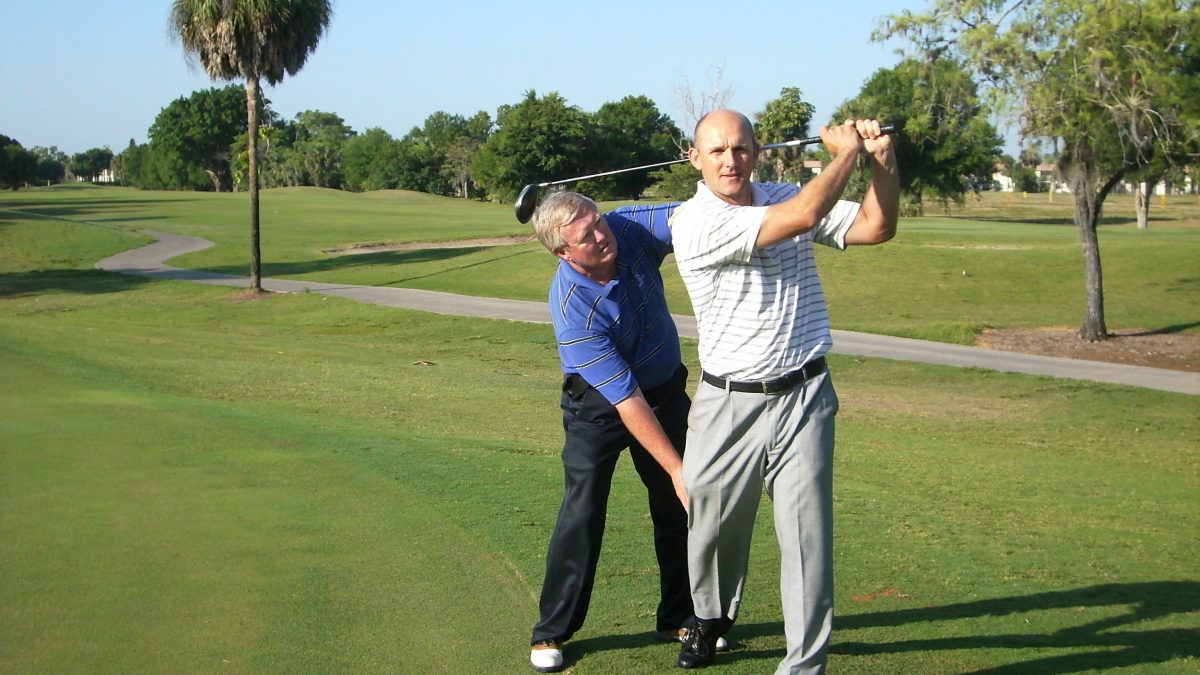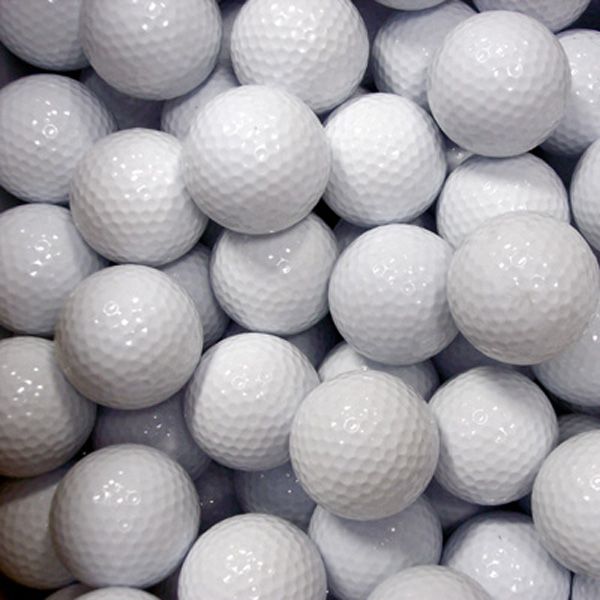Music…Good Or Bad For Golf?
At this year’s Zurich Championship, the two-man teams started their match by walking out to the first tee accompanied by the music of their choice. Some players went for old-school rock music, while others selected today’s Top 40 hits. Most reactions were extremely positive. Players liked it; fans liked it. Is this a trend that will continue?
About four years ago, I remember hearing music for the first time on the golf course. A member added speakers to his personal golf cart. At first I was not a fan at all. It bothered me for some reason; maybe it was his choice of music! Now on a Saturday at our club, almost every group has music playing, either through small speakers or installed on a personal golf cart.
This is a trend, I think, that is here to stay. Many tour players warm up with earbuds in while listening to music. Other amateurs want to relax and enjoy their round, adding music to the ambiance. More often than not, new golf carts almost always include built-in speakers and USB jacks.
As with anything, music on the course can be abused. I hope players don’t add extremely loud speakers that can be heard from one end of the course to the other. It is also important that music lovers are respectful of other athletes who do not like distractions during their round. As golf morphs to appeal to younger generations, music will be part of the experience.

